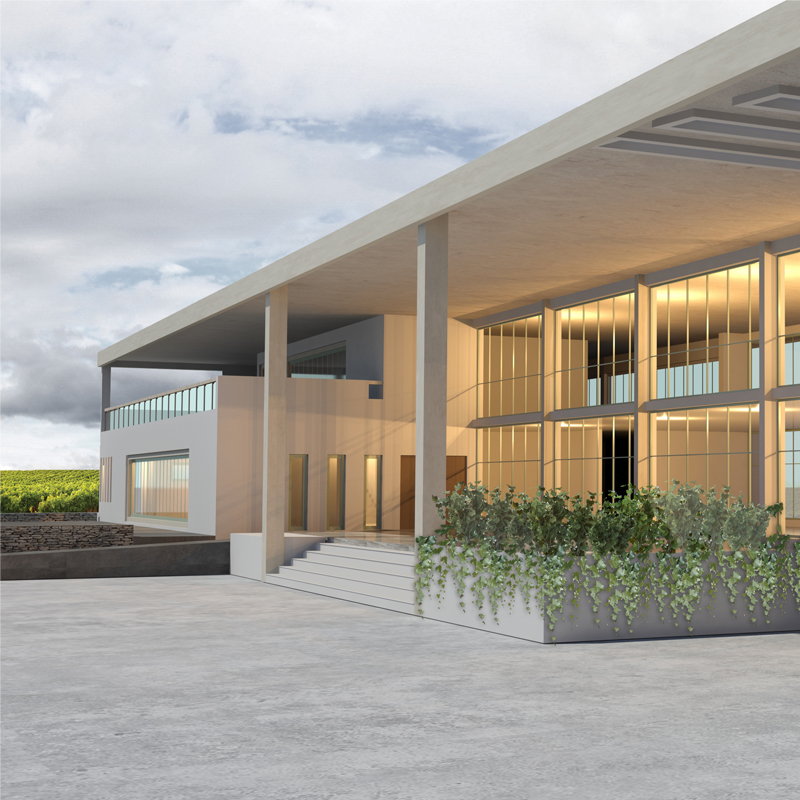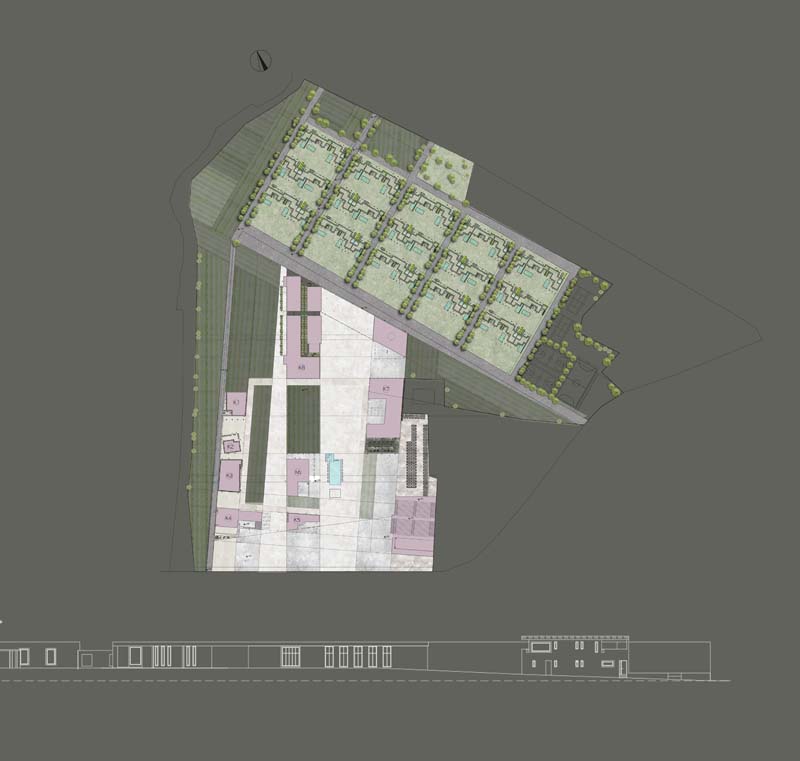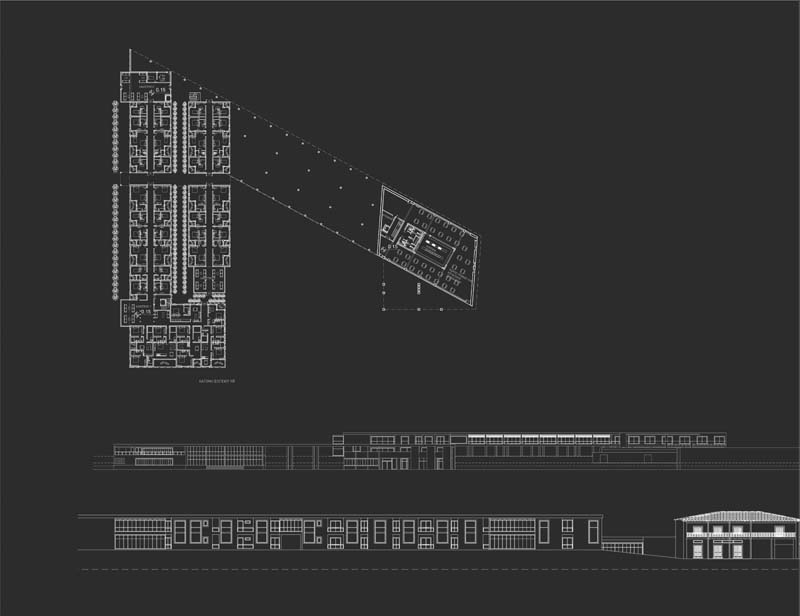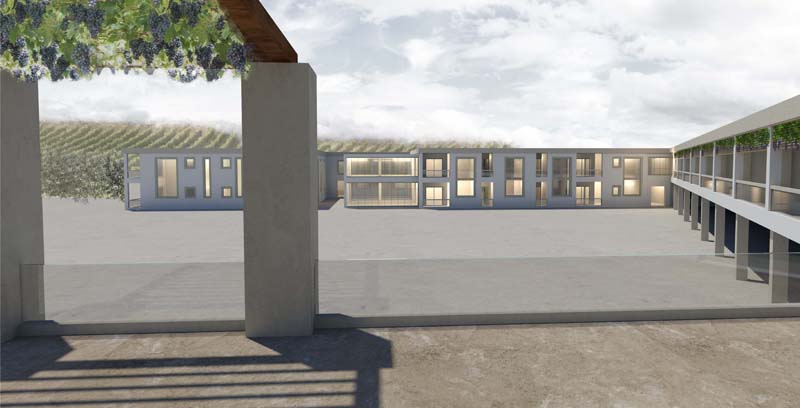

Abandoned settlements in Greece are an integral part of its history. Wars, poverty, migration, and the general change in the social and political conditions of each era have greatly contributed to the abandonment of various settlements and their migration, sometimes to nearby and others to distant lands. One such example is the settlement of PaleosPlatanos in Almyros, which is located south of the city of Volos. The first settlement of inhabitants in the area took place around 1500, when the movement from the coastal areas to the interior became imperative, in order to protect themselves from pirate raids on the shores of Almyros. Historical testimonies and references give the name Platanos from 1650-1800. The aim of the present paper, is to study the development of the settlement and the revival of its history, through the creation of a cultural center, which will function as a living organism and social capacitor within the now abandoned settlement. Through the project, visitors interact with the locals, as the events and functions of this, aim to provoke the active participation of visitors in food production processes and cultivation laboratories and at the same time give the opportunity to the first to promote their products. The design was done with respect to the old road construction of the village and the road markings and is fully integrated in its environment regarding the heights and construction materials, avoiding being a foreign body, in an already existing network of roads and building blocks. It consists of a complex of five buildings that provide separate functions, however the processes involved in these make them complementary. Their layout follows the ground markings on the area. The project regenerates the settlement and highlights the important history that is hidden there.
Supervisors: Trova Vasso, Micocci Fabiano
Reference Number: 809
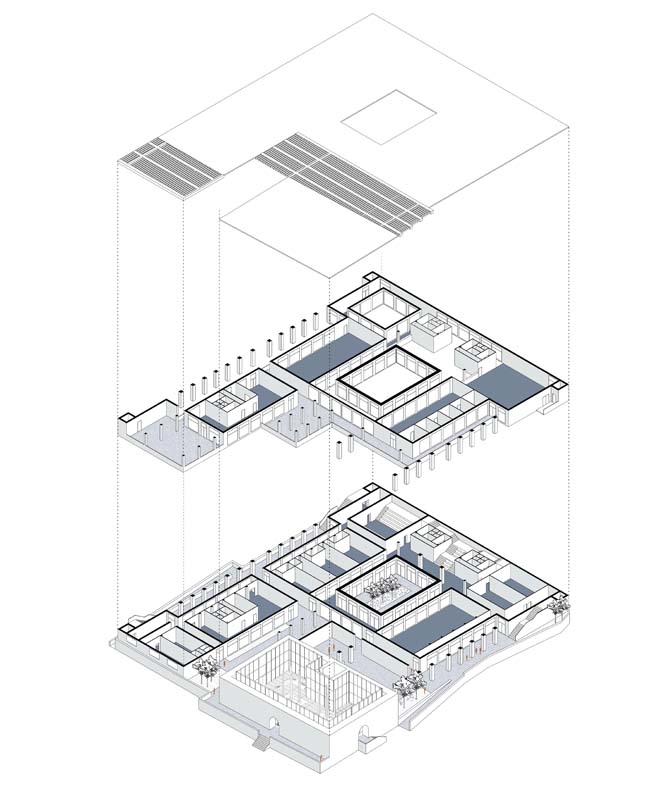

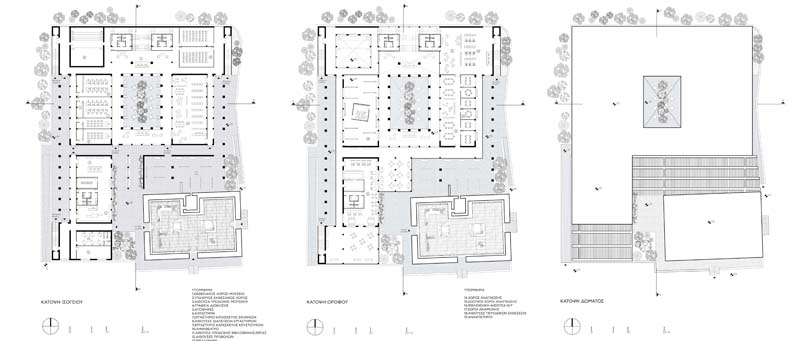

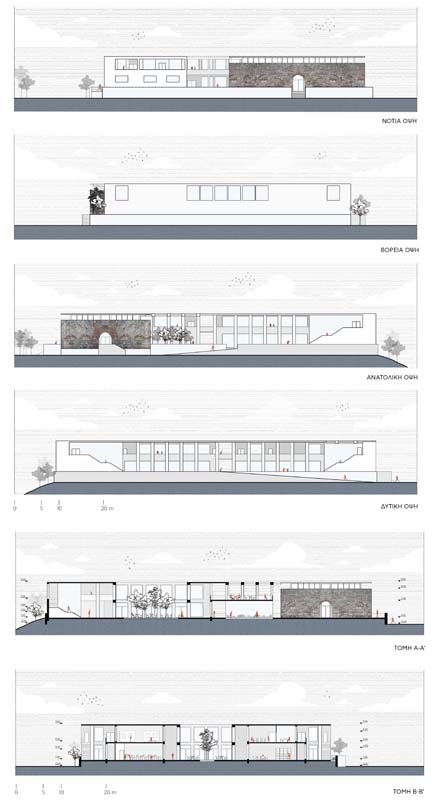





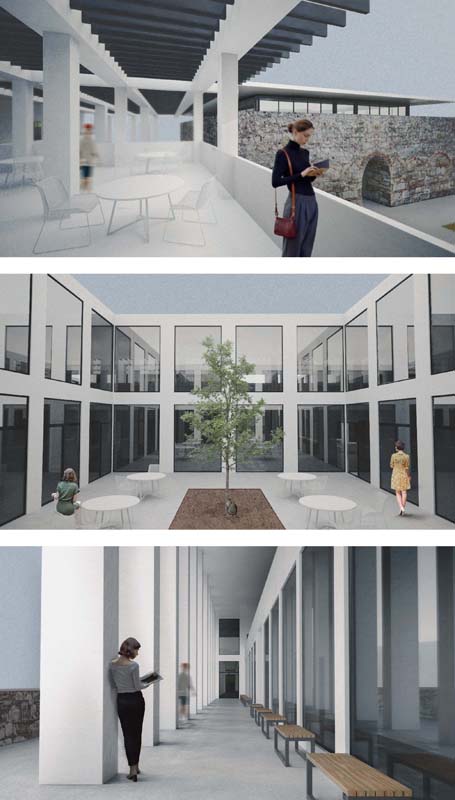

The specific thesis is about the historical center of Larissa, the Frourio hill, the area that dominates in the north- central location of the city and enclosed by the streets Georgiadou, Dimitras, Venizelou and west by the Pineios river. The detection and recording of Frourio’s past, the existing situation and the problem spots were the basic design principles. The study’s purpose is the recovery of the area’s identity and its transformation into a place of cultural and social activities through a proposal for regeneration in the highest part of the hill, the area around the Bezesteni as well as the reuse of this historical monument. The renovation program seeks to give the city a space of cultural activity related to the hill’s cultural heritage, while at the same time to function as a daily meeting point, by creating a vital center in the area.
Supervisor: Mitroulias Giorgos
Reference Number: 840


The main concern of this thesis is to build a new unit at the main train station in the area of Attica (Larisis Station). The main reason of choosing this subject is the need of the existence of a building that would be able to become the main entrance of the travelers that would visit the country. Moreover, trying to create a very big public building like this one in a very dense city, was certainly challenging.
The main function of the train station is concentrated not only on the transportation of the mass but also on a more poetic and romantic aspect of the human behavior. This place reflects meetings and separations, the start and the end of an experience, the starting point of the urban, and also a landmark for the city. Nowadays, it is a public belief that train stations are aligned to movies, novels and other artistic cre- ations and hold a very close relation to each and every one.
The main concern consists of (a) the satisfaction of many multiple functional needs with the best architectural plan. The location where the unit would be, was very hard to decide because the building would also need to host several public functions (b). The main purpose of the aforementioned is to build a train station that could be a part of the city. Furthermore, through planning, I try to revise the unprivileged area where the unit is going to be built. Consequently, the third concern rises; the need to create an urban plan (c), where the city itself influences and forms the main building and makes it part of the whole.
Supervisor: Vyzoviti Sophia
Reference Number: 811


Being influenced by environmental issues, the social and economic crisis we are going through, theories such as the one of Degrowthand ofPermaculture, but also by the way we have been brought up and evolved, we propose the creation forthe conditions for the resettlement of a deserted village on Paikosmountain, called Kromni.
The Kromni project is a structure which will operate as a heritageand a distributive medium for lost oral knowledge, which has been considered obsolete and forgotten because of rapid change.Knowledge, however, which we believe can be beneficial in aspects of production and for wider environmental issues. Kromni is a small community, part of a wider social whole,which through cooperation and cohabitation of its members, as a cooperative, which will be non-profit making according to the principlesof permaculture, willexploit fully what the region offers, aiming to become self-sufficient. The structure will not have an insular character but the opposite, it will be open to visitors who are interested in understanding the theory behind this attempt and are open to new ideas and suggestions in general. A self-managed group will set the rules and principles of this cohabitation, but also the relationship to the ecosystem of the area.
TheKromni attempt is a project that suggests some solutions, creates appropriate conditions for research and tries to build something new, based on the power of traditional practices. A social structure of individuals will work as a group,with financial management that will not aim for immediate and personal profit. In contrast, the aim will be a quality of life which is not deprived of anything, but will create the right environment for every member and every future member of the community to create his own promised land.
Supervisors: Giannisi Phoebe, Lykourioti Iris
Reference Number: 817
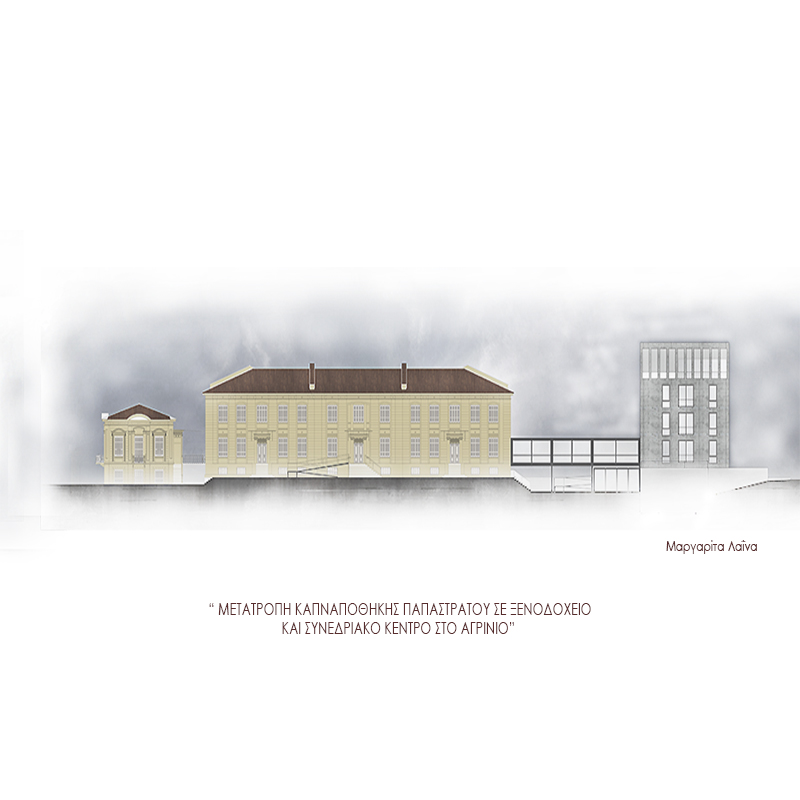

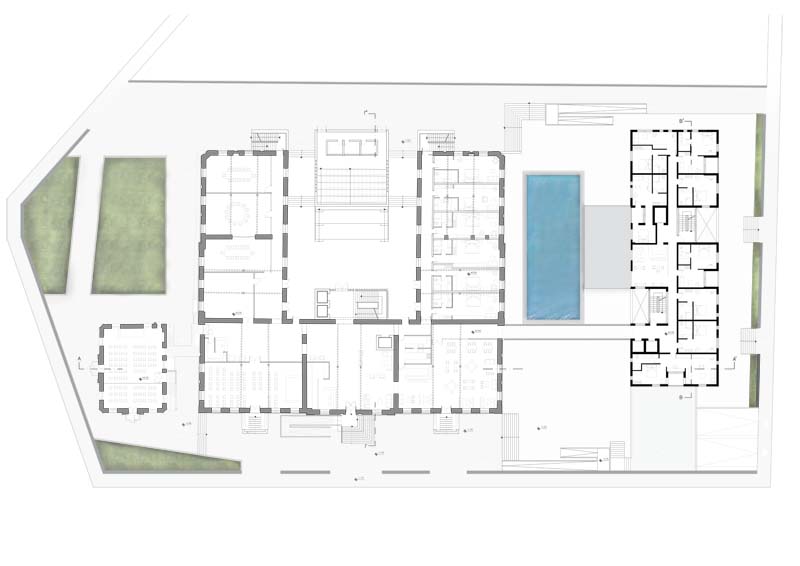



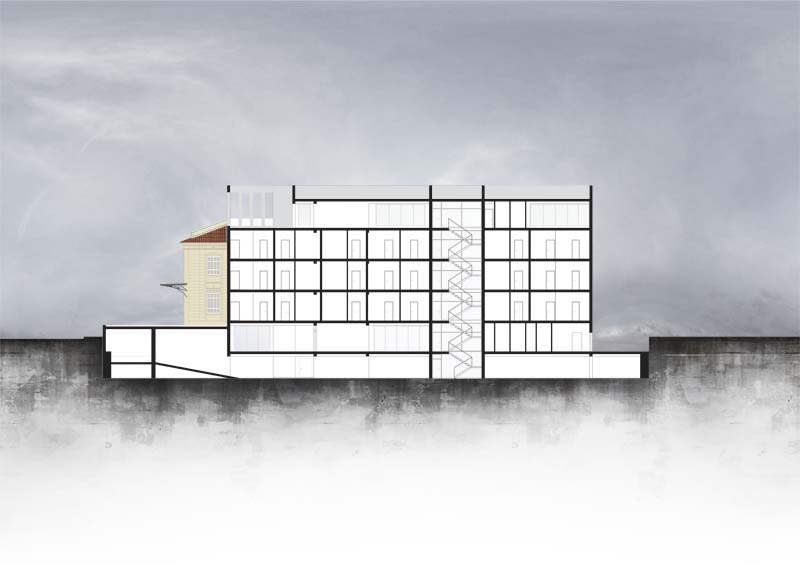

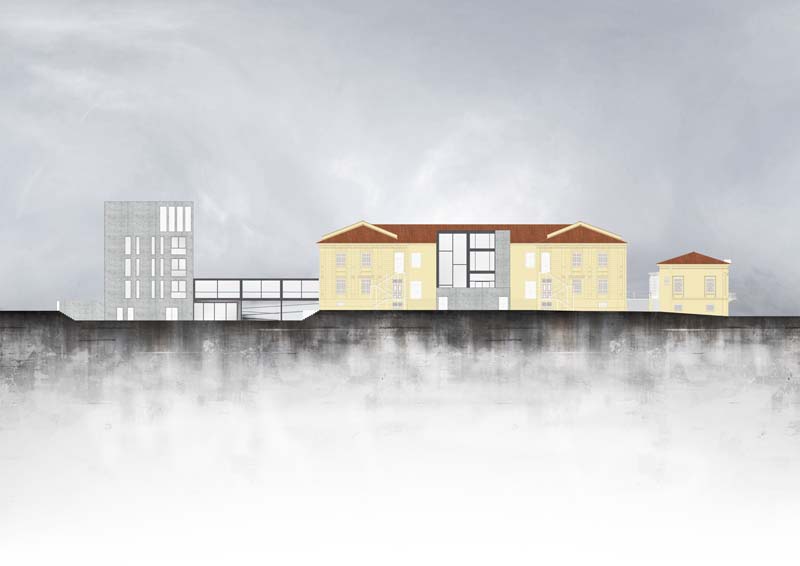

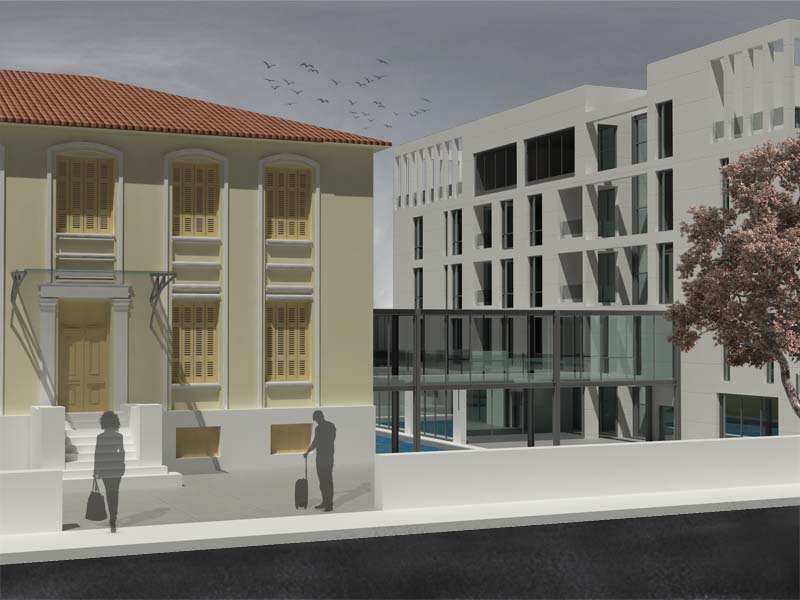

Industrial facilities are often centrally located in relation to the urban fabric. This results in the enclosure of former industrial enclaves within cities and the inevitable creation of urban gaps. Many researchers argue that due to the increasing competition between cities and the globalization phenomenon, many cities worldwide are reorganizing and refining their image, making them more attractive to reach tourists, conferences, sporting events, investors, etc. by enhancing the cultural / historical identity of a city while also utilizing its building stock. With this logic in the present diploma thesis a building of the industrial and historical heritage of the town of Agrinio, the Papastratos tobacco warehouse is converted into a hotel and conference center.
Supervisor: Adamakis Kostas
Reference Number: 794


Immigrants are every man, woman and child that is forced to abandon their birthplace, fearing persecution due to war or because of their beliefs. They are subjects of a state without a homeland, that desperately seek a new safe haven in a new country that will shelter them, in hopes that they will feel safe again. This nightmare became reality for the millions of Greeks that were forced to abandon their homes at the start of the 20th century.
An estimated one-point-five (1.5) million Greeks from Pontus, the Greek-West and other Greek colonies of Anatolia, were forced to start new lives under harsh conditions in mainland Greece. Approximately 100 years later, with the Greek state experiencing similar circumstances, it is imperative to pay tribute to the people that formed the cornerstone of our society, arts and culture of modern Greece.
The goal of this dissertation is to design a museum that will become a conservatory of the way of life of the Greek immigrants. The museum will be situated on the east side of Nea’s Paralia (N. Paralia) of Thessaloniki next to the Concert Hall of Thessaloniki. As it will become part of the underway urban reform of N. Paralia, this project aims to preserve the natural features of the landscape around it. By preserving the existing balance of the sea and green spaces of the area.
The vision for the museum is that it will be hosted on a sloping floor at the ground floor of the building, where small protrusions will extend from its floor. The remaining surface of the sloping floor will be used as a park. The parking lot, which is what the plot of land that the museum will be built is used for, has been re-designed and is placed at the far end of the park. This will help the area to decongest and it will allow the visitors to form a better bond with the environment that they find themselves in.
Supervisor: Manolidis Kostas
Reference Number: 832
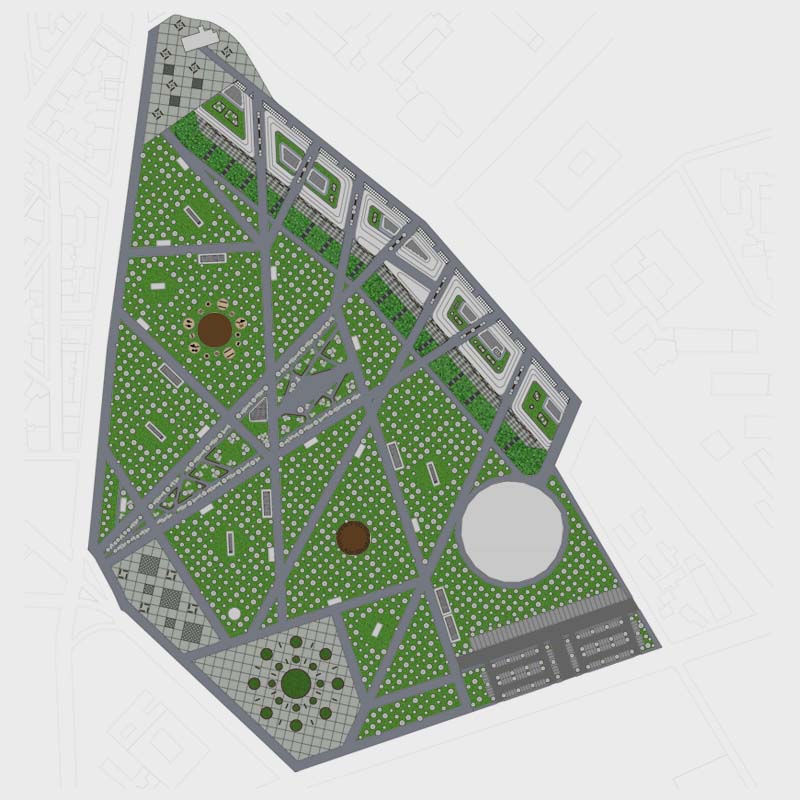

The subject of this thesis is the development of a proposal for redevelopment of the plot of the International Fair of Thessaloniki (TIF).
The main guideline of our proposal is the preservation of all the functions and activities of the Exhibition Center and at the same time the creation of a Metropolitan Park, which will be granted for free use to the citizens.
The large volume of the project, its complexity, as well as its enormous importance for the city ofThessaloniki, were a challenge for us, to create a design in which the green dominates, minimizing as much as possible the built-up spaces. In addition, a considerable effort has been made to ensure that the entire built-up and non-built-up environment comprises a complete architectural ensemble, in which people'sactivities and physical presence intersect daily, as well as the activities carried out within its spaces, eithercollective or more private, financial, transaction, work, recreation, which concern all residents of the city.
From the exhibition space, to the green space, from the residence, to the open square, to the possibility forunpredictable meetings, social and professional osmosis. Thus, life in and around buildings takes on a complex and multifaceted character.
A complex proposal that seeks to transform the individual-collective, private-public relationship, strengthening socialization and coexistence.
Supervisor: Stylidis Iordanis
Reference Number: 826


